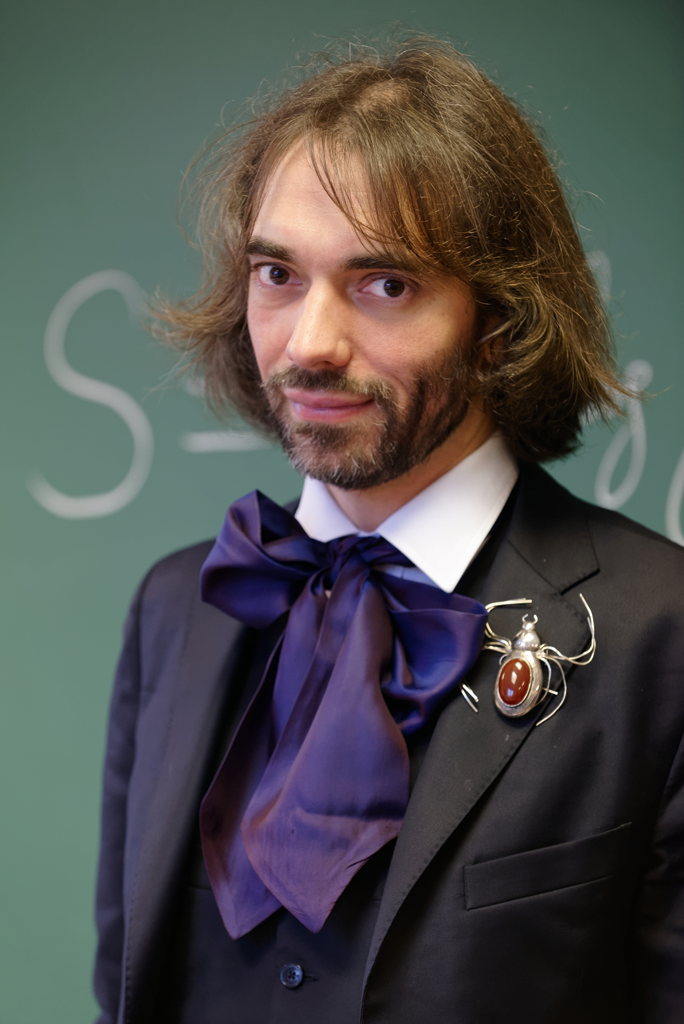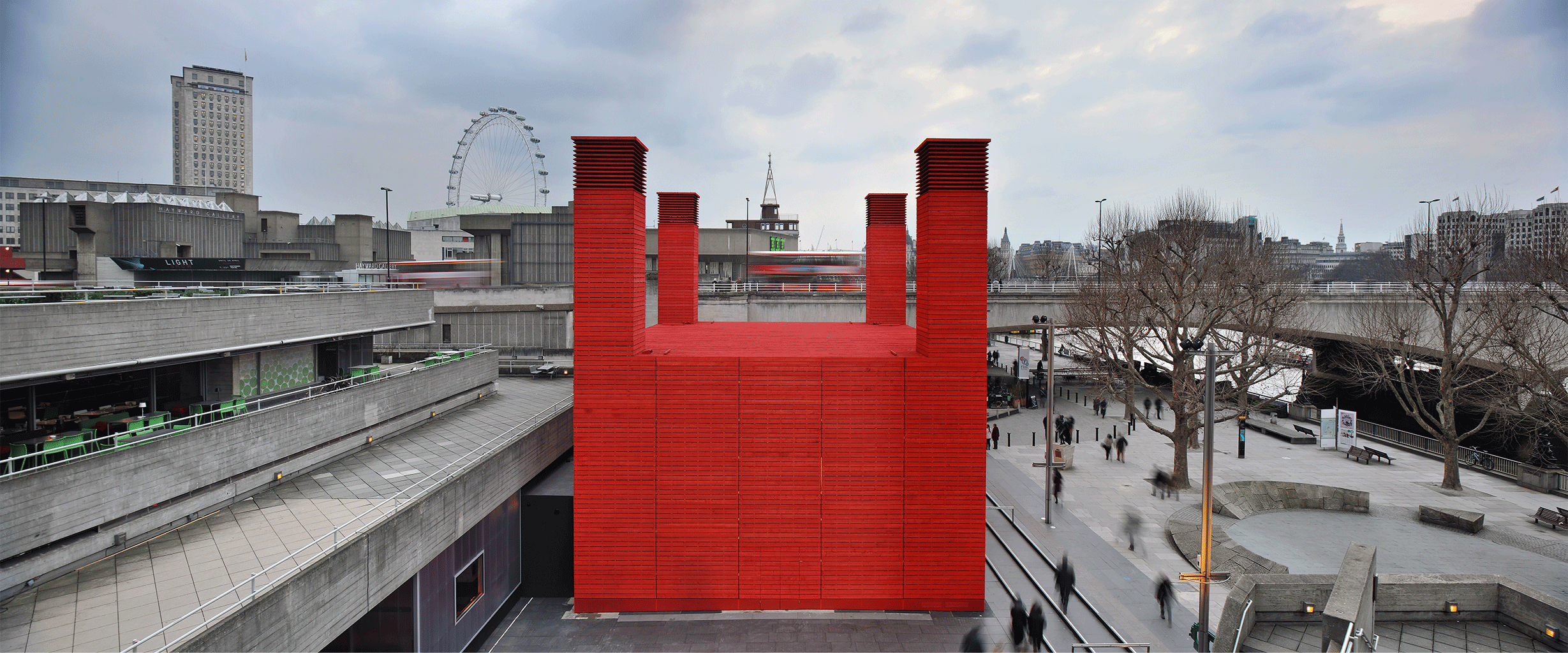The hypotenuse and the architect
AA proposes to (re)discover the point of view of the mathematician Cédric Villani, published in the issue No.413 dedicated to the Temporary City, on the creative process and the nature of the link between mathematics and architecture.

“What use could we make of Pythagorus’ theorem?” When you ask a class, the answer is often: “to build!” Yes, if you wish to build a temple or a football field, it is best to have a few notions of Euclidean geometry. Moreover, occasionally you can still meet builders who know how to use the well-known theorem’s reciprocal to check that an angle is straight, without ever having studied mathematics.
This was the prehistory, if I dare say, of the strong link between mathematics and architecture; a link that has continued to develop from one millennium to another, and culminating, perhaps, in modern design assistance software, without which constructions as subtle as the Louis Vuitton Foundation, in Paris, would never have been created. Some architects are not very happy when they are reminded about this organic link with mathematics; others, on the contrary, lay claim to it. The Gaudí monuments in Barcelona are there to show that we can embrace the love of architecture, nature and mathematics in the same movement!
For mathematicians, the link goes even deeper. It has to be said that one of our two favourite sources of metaphors is architecture, along with the military field. We build a thesis, an article, a dissertation, a construction and a theory. There are foundations, high towers, and finishing work… We speak of cracks in the mathematical edifice as we would in a poorly designed monument; occasionally we see the risk of the whole edifice collapsing and the need to repair it as a matter of urgency by patching it up, adding a bridge and strengthening the foundations. If an architect could observe our creative process in full knowledge of the facts, you could be sure that he would feel a close link. In a mathematical work, everything comes into play: function, style, the way we base our work on already existing theories, how a monument must respond to those that were built earlier; but also inspiration, originality and audacity, and the great disparity of being both functional and elegant, as well as rigorous and original, by which all mathematicians and architects must abide. In this, the construction metaphor is even more relevant to our art than the tennis player who builds his game or the musician who shapes his symphony.
The construction challenge is considerable. For mathematicians, it is the use of abstract foundations in a future world, the creation of a framework and language in which all sciences will blossom – we have a right to be proud of this, if we look at past successes and if we remember that the contribution of each mathematician (or nearly) to the whole is really minimal. And for architects, it is nothing less than the housing of mankind! The responsibility is great. Although inspired architecture can solve logistics problems, help with governance or even prevent social catastrophes, on the contrary, unsuccessful architecture can aggravate all ills. This has been theorized in the field of technological research, since the great Bell Labs period – the research organization of the old American AT&T telephone monopoly and probably the most inventive industrial research laboratory of all time – that the architecture of a research building should be designed to favour the innovative thinking of its users. We could stand in awe of the mysterious link between great buildings carefully planned and the unpredictable dance of conversations and neurons, be that as it may, history has validated some of these grandiose visions.
It is through such visions that both these arts progress. However, there is still at least one point in common between the mathematician and the architect, as I had the opportunity to observe in various architecture juries: in judging the relevance and the strength of an idea, you either need to make a huge effort to follow the path pursued by the author, or to listen to him describe his project. On paper, an architectural project remains as abstract as a theorem; when seen in 3D it is less so, but you must have a vision to share to bring it to life when its usefulness cannot be shown directly, beyond a well-supported project. In this respect, “Réinventer Paris” was symbolic: projects studied from every angle by the technical department; juries of varied skills and origins; and project leaders, who came in numbers with their various teams to drive home their enthusiasm and their dream, overthrowing any opinion you might have had of their great intentions. Through repeated visions allying nature and architecture, economic and technical innovations, multiple uses and flexibility, we were given a foretaste of the world to come at the same time as a demanding participatory approach.
Cédric Villani is a mathematician, recipient of the 2010 Fields medal and professor at the University Lyon-I, as well as director of the Henri-Poincaré Institute in Paris.


